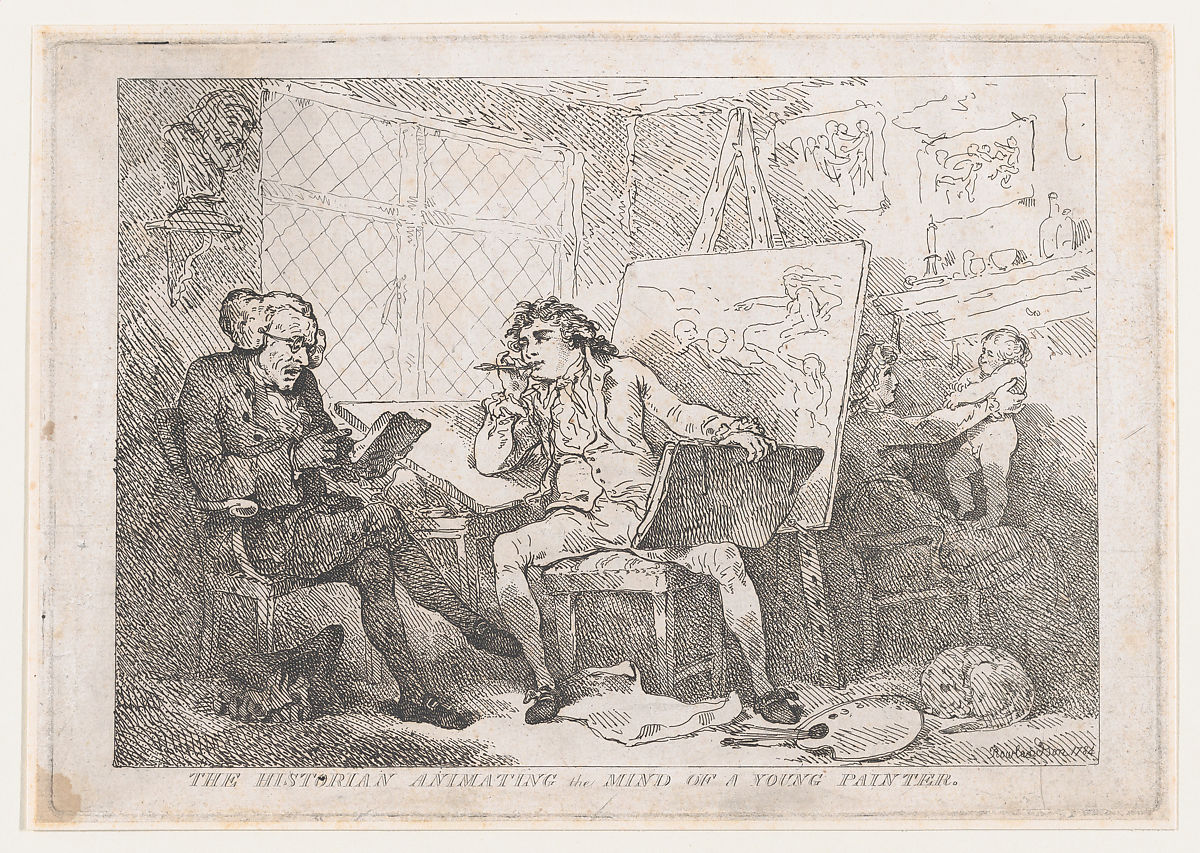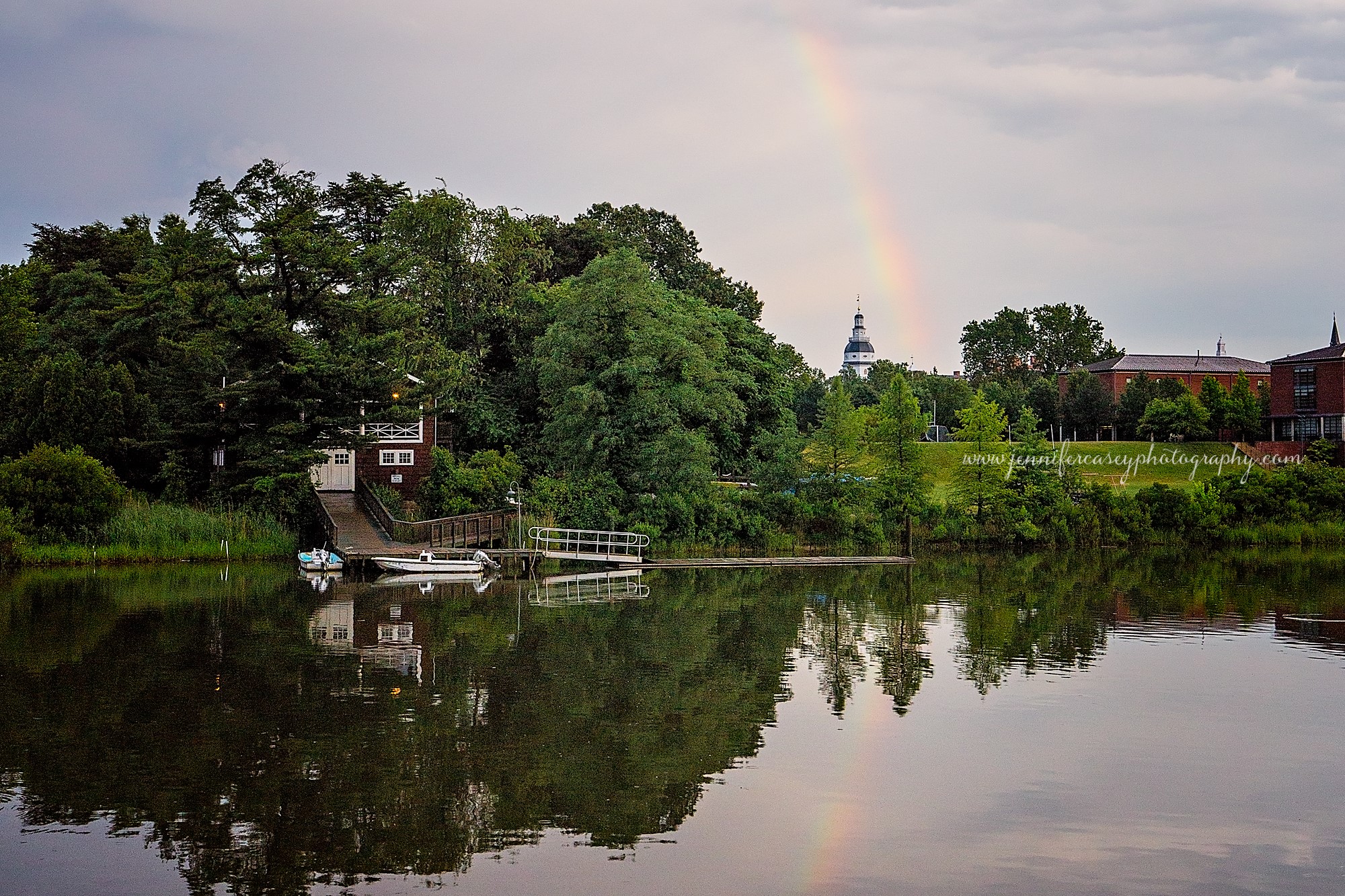Cognitive science is an interdisciplinary field that explores the study of mental processes such as perception, memory, reasoning, and language comprehension. Drawing from psychology, neuroscience, computer science, linguistics, and philosophy, cognitive science aims to understand how the mind works and processes information. Researchers investigate cognitive phenomena through empirical studies, computational models, and theoretical frameworks. By examining the complex interplay between the brain, behavior, and external stimuli, cognitive science seeks insights into human intelligence, problem-solving, decision-making, and consciousness.
The field contributes to advancements in artificial intelligence, human-computer interaction, and our understanding of the mind-brain relationship.
Comment: “This was my first experience of Luhrman, and I much appreciated her summary that the essence of consciousness lies in our relationship with external ‘others’, which seems to fit well with Sheldrake’s emphasis on the interconnectedness of self-organising systems and also Anil’s refutation of the idea the brain is ‘merely’ an information-processing system. However, I found the discussion on information-processing moved on a bit too quickly and dismissively; there is much explanatory power in Karl Friston’s work that seems to me to have great value, even though I agree that information processing is not the whole story. Malone did a fabulous job of holding the space for a creative tension in the debate, and it was a pleasure to experience his style of inquiry again (I hope he will be making another of his wonderful films soon).
My own curiosity has settled recently on the related and emerging area of inquiry labeled as “enactive cognition” and it would be wonderful to see a future debate bringing these ideas into tension with those of enactivists like Di Paolo and Thompson, plus phenomenological insights from the likes of Maclaren and Callard. I share Anil’s frustration with Silicon Valley’s pursuit of technology such as AI regardless of the ethics, also seemingly with scant regard for the dangers of their move-fast-and-break-things approach.
On a positive note, my limited exposure to the AI community at least comforts me that they are an extremely curious and deep-thinking community. The problem, it seems to me, is the lack of transparency on the part of tech firms that don’t share their research data with public academics; more patient science is needed to inform the work of these clever engineers and developers. My fear is not of the technology so much as its financial backers, and the profit- and power-oriented goals that most tech leaders are pursuing. For all the early talk of not wanting to repeat the mistakes of social media platforms, some vocal segments of AI culture seem to have confabulated their way towards justifying any innovation on the grounds of its ‘great potential’ for humanity – here we go again...” — @neurojitsu






















